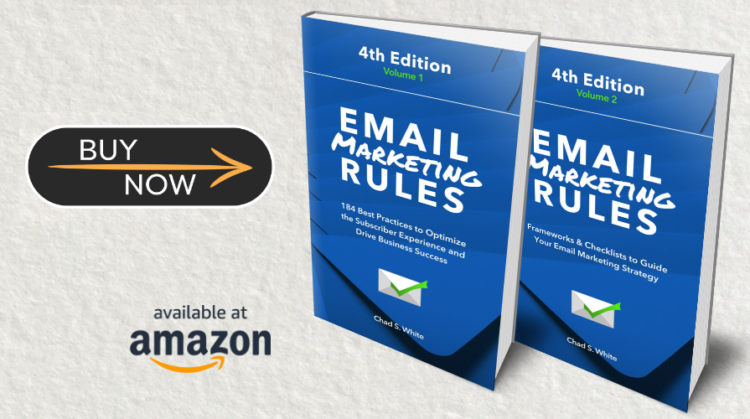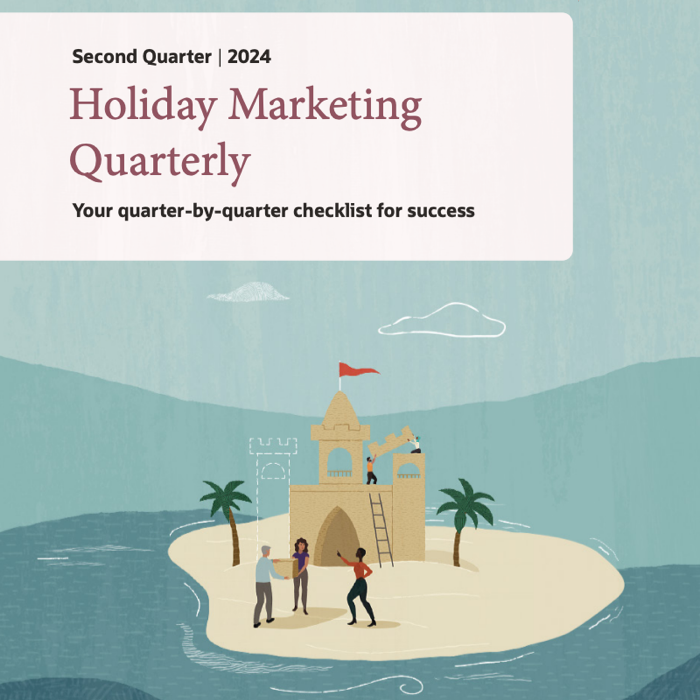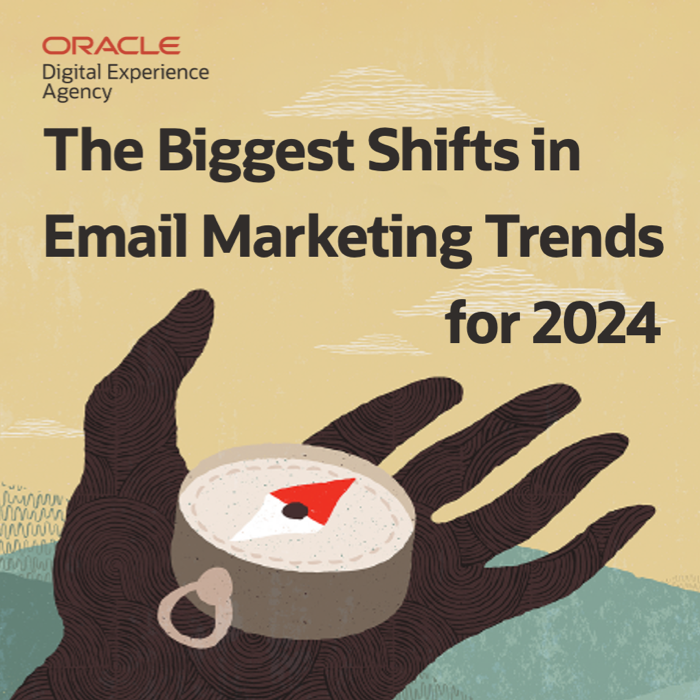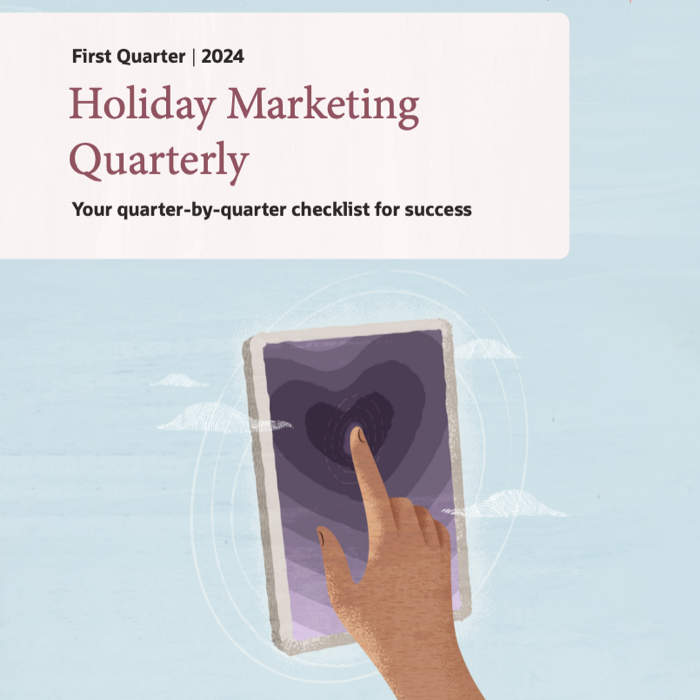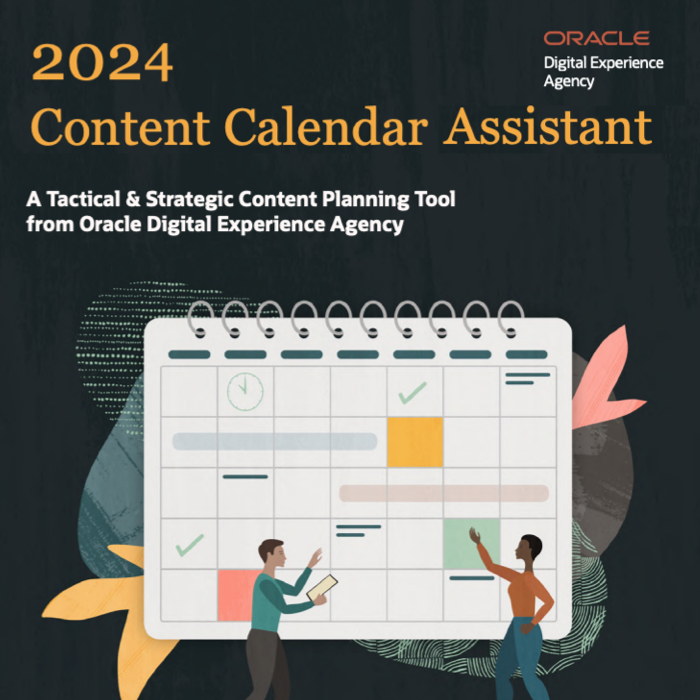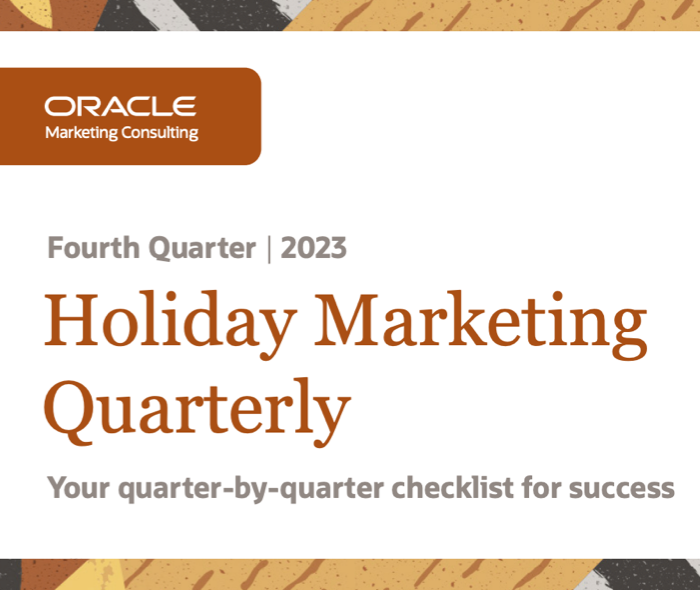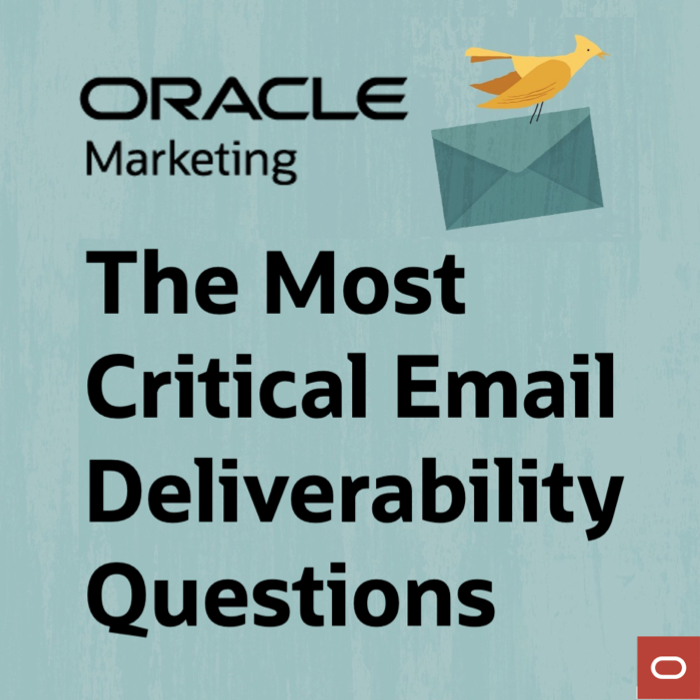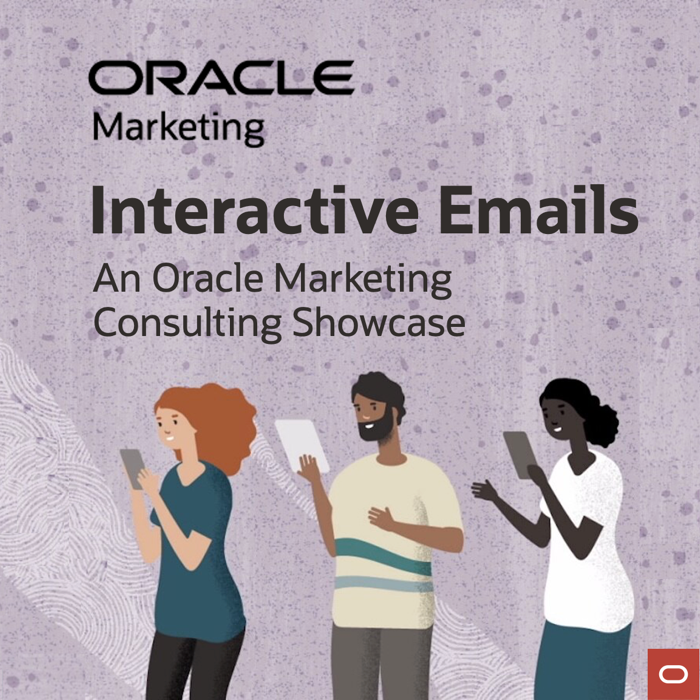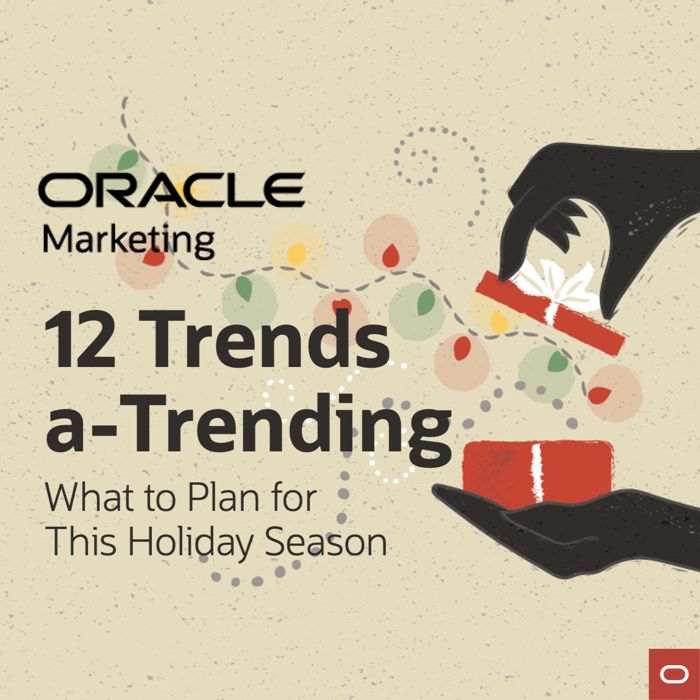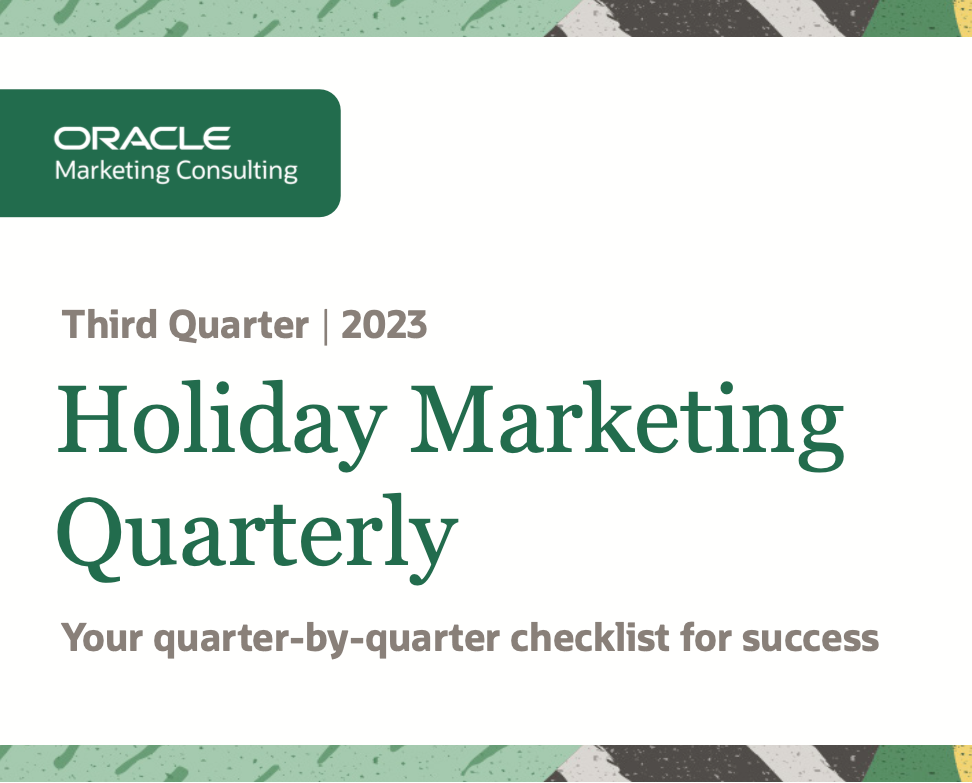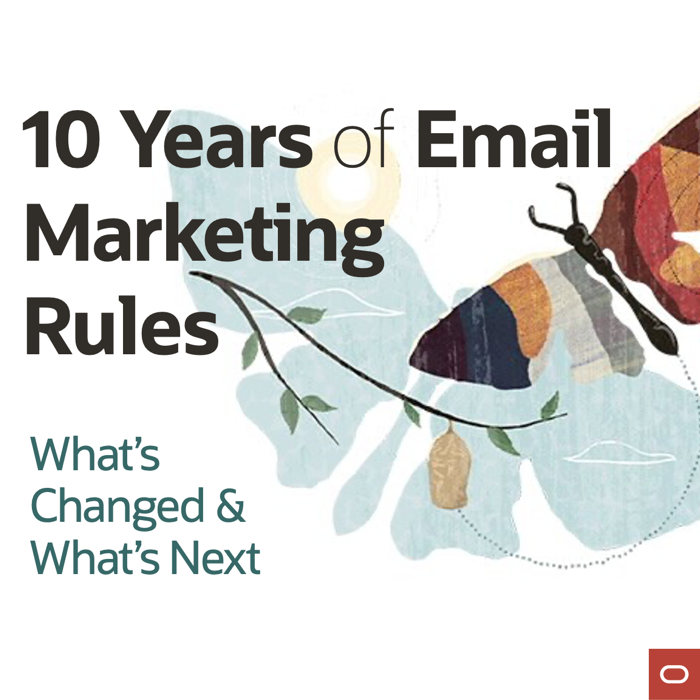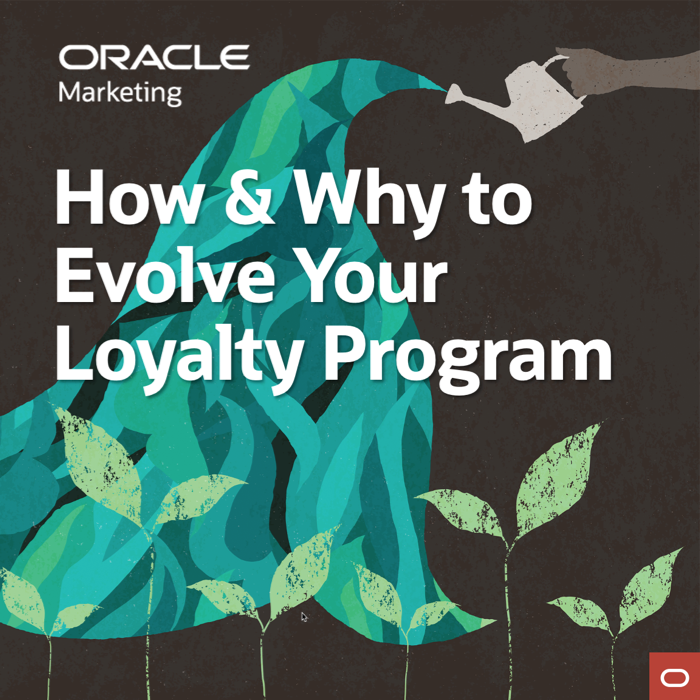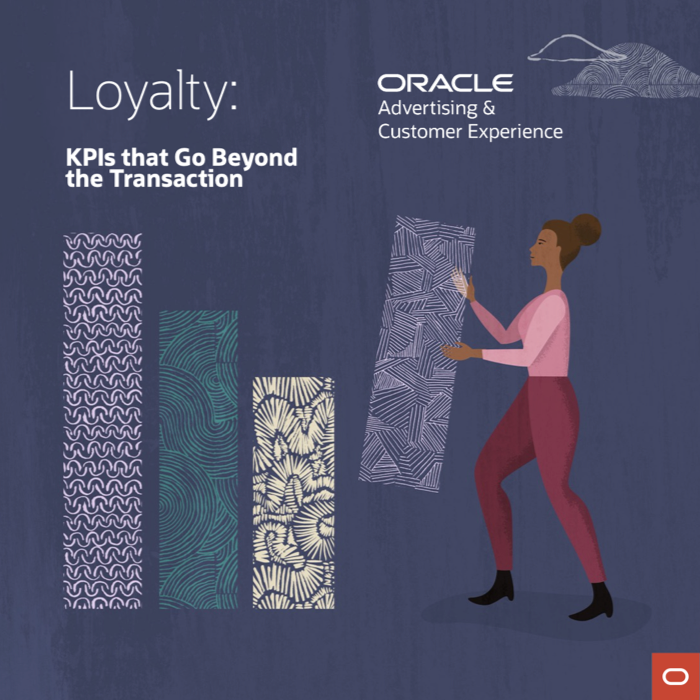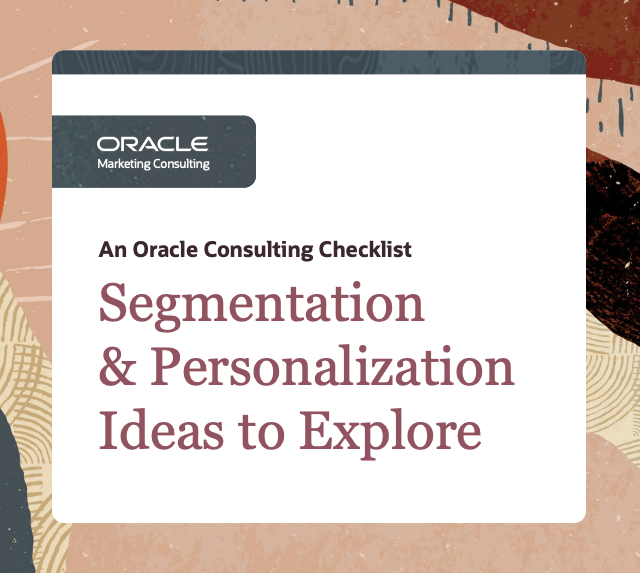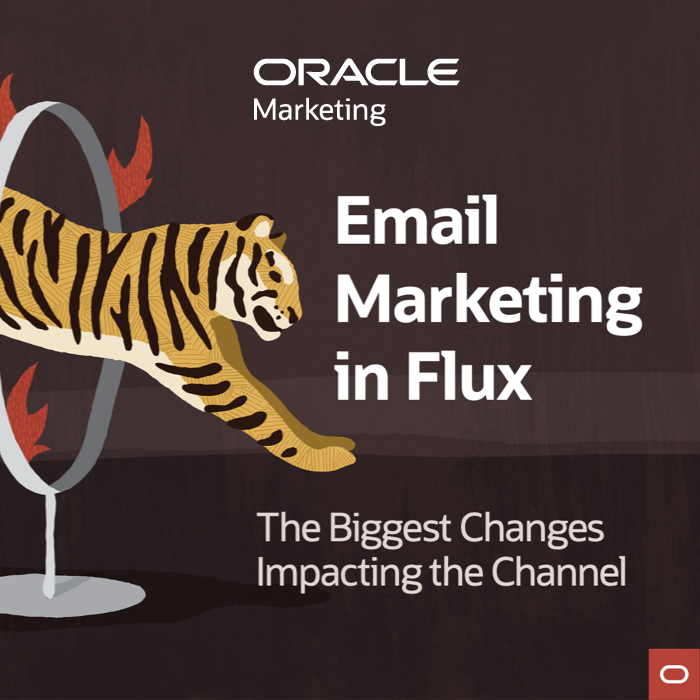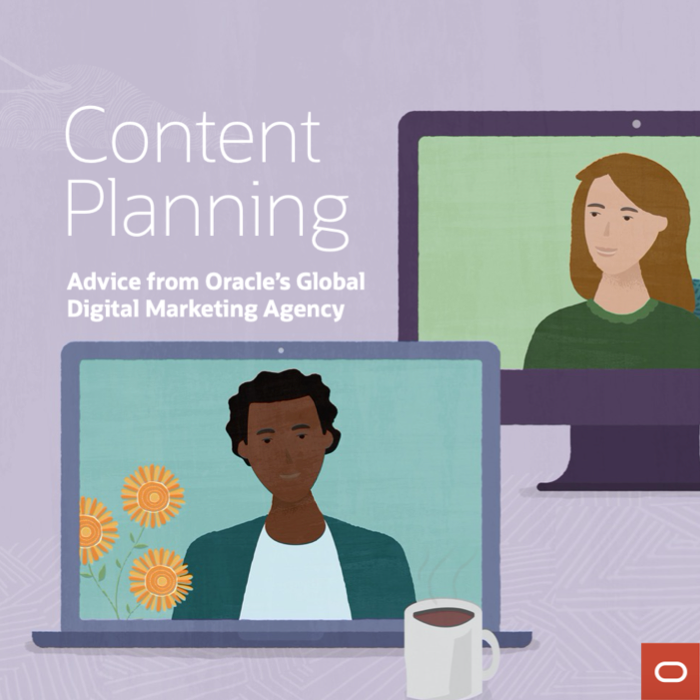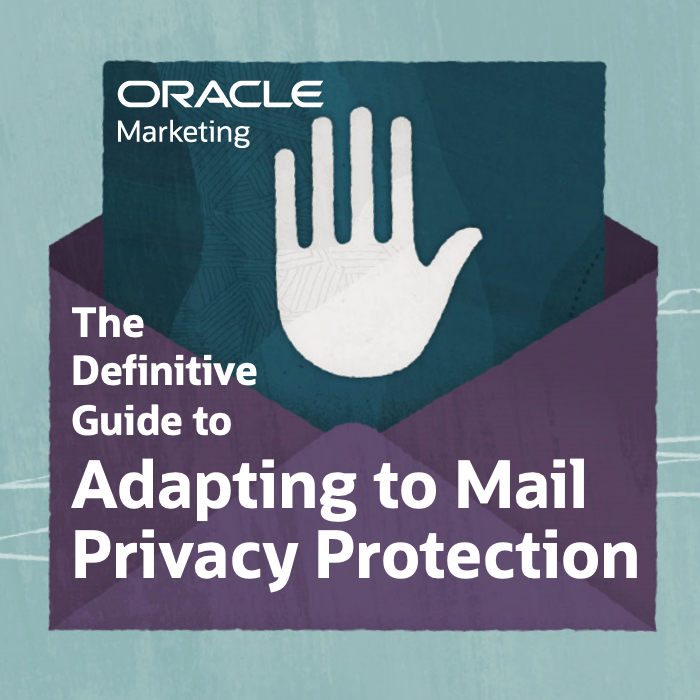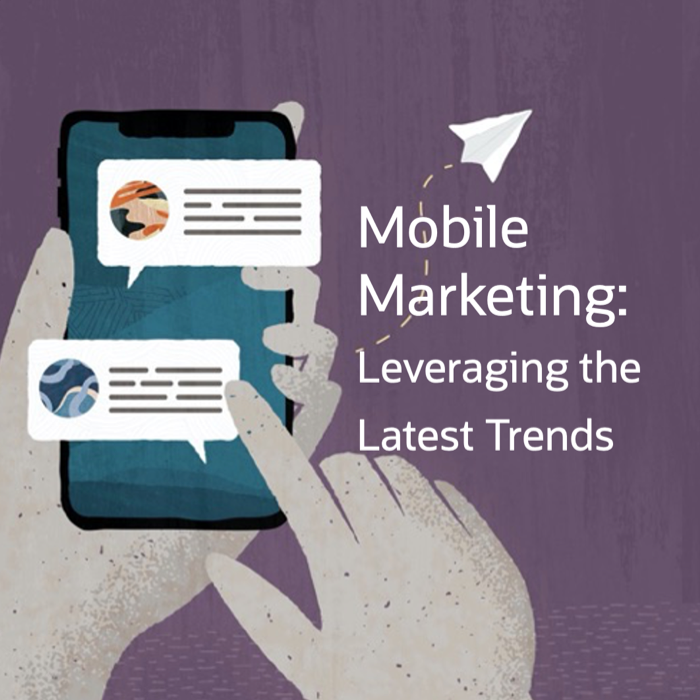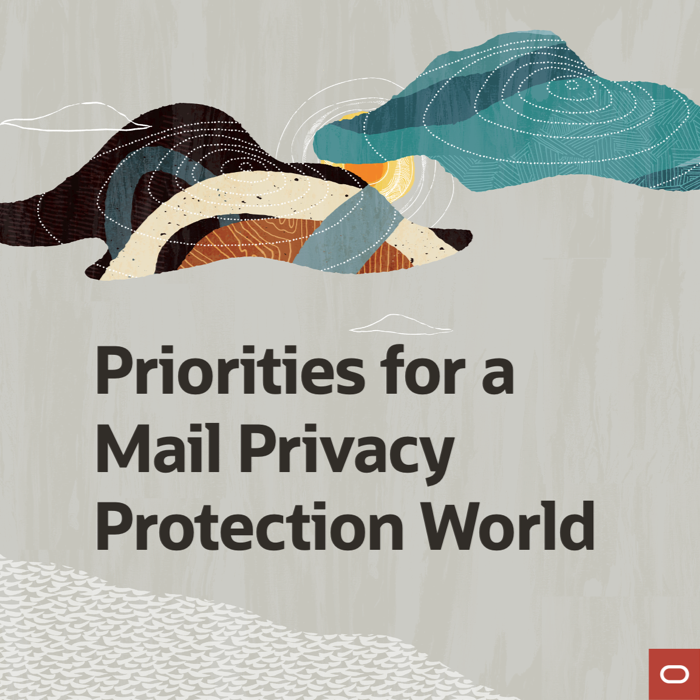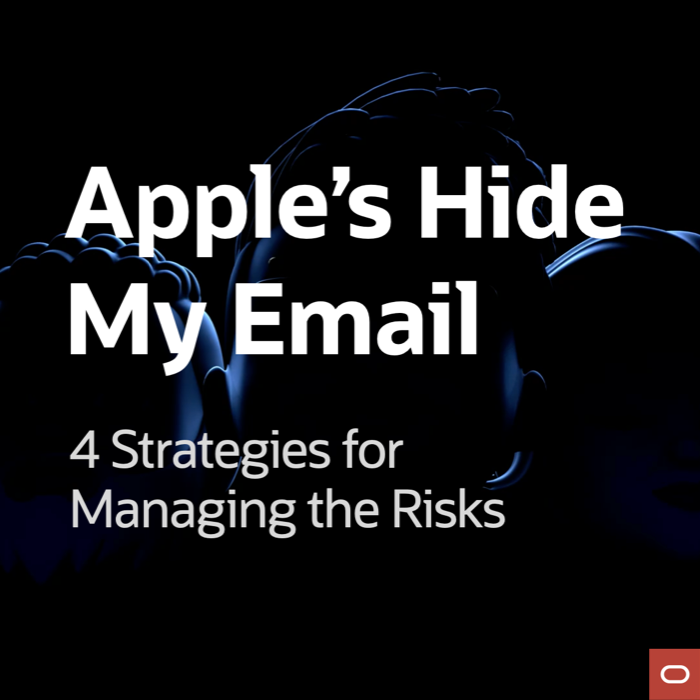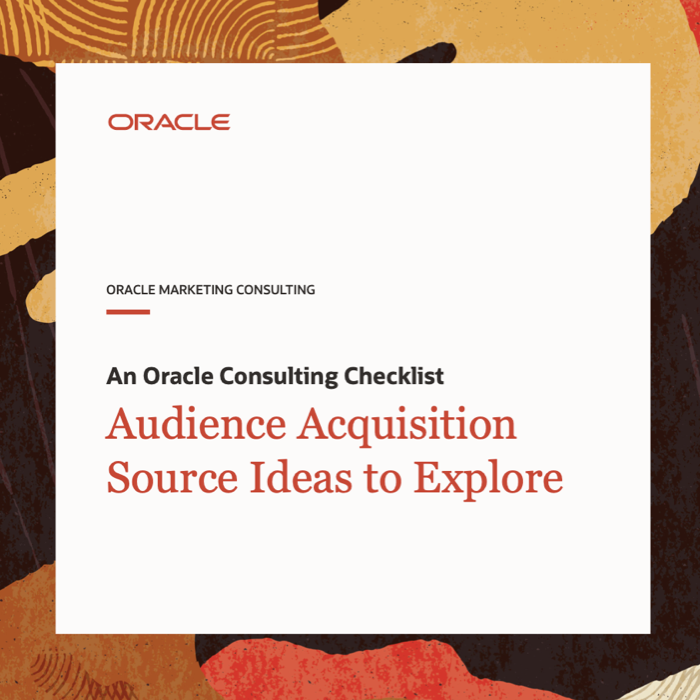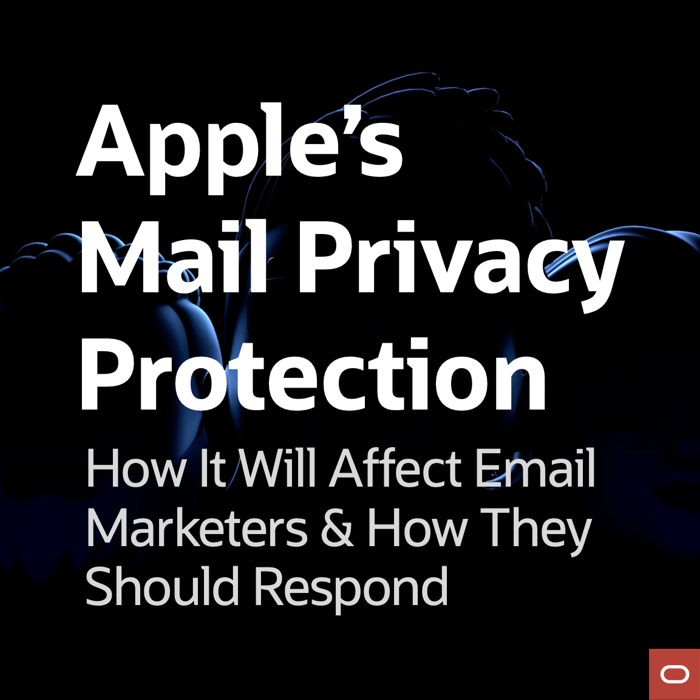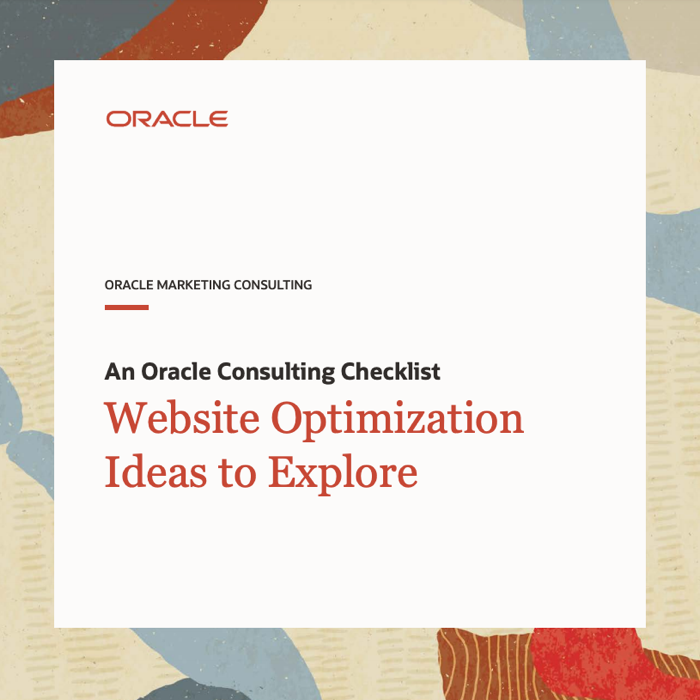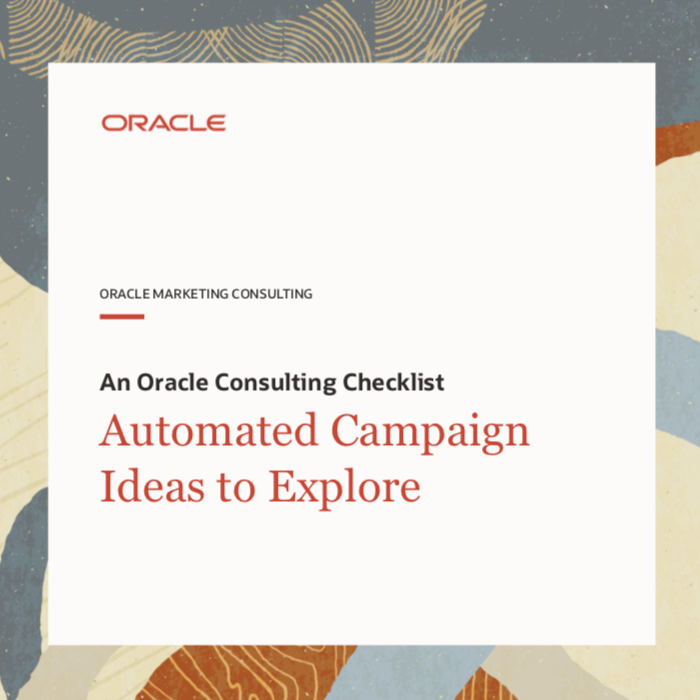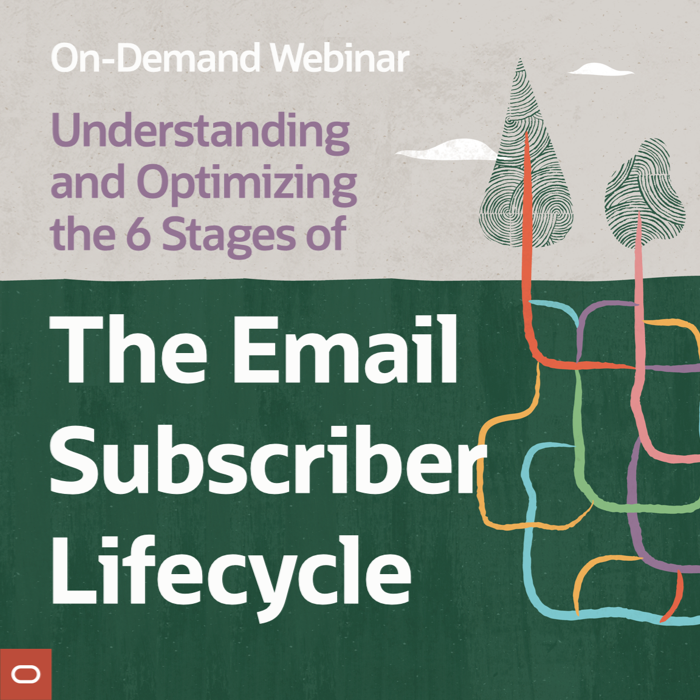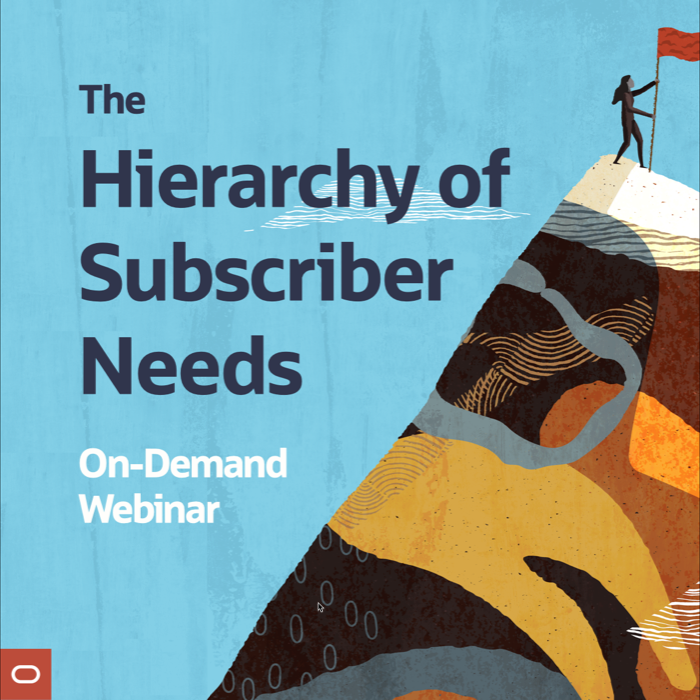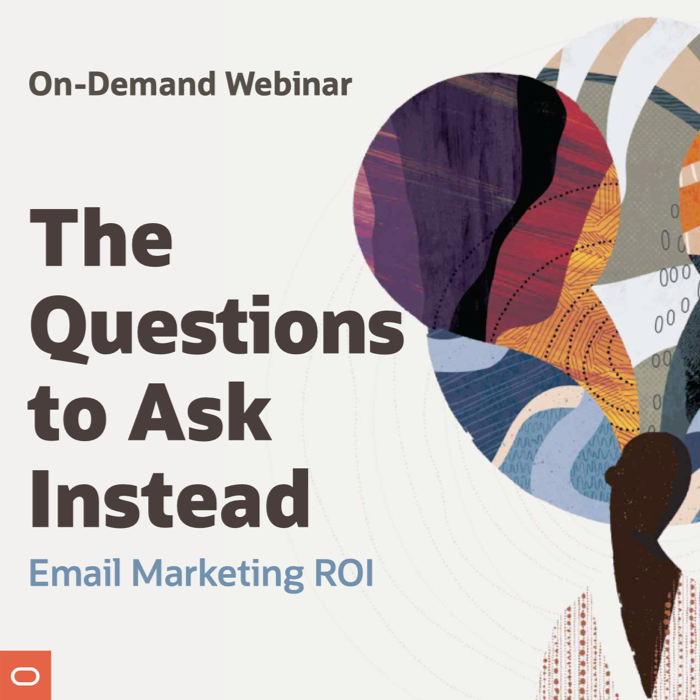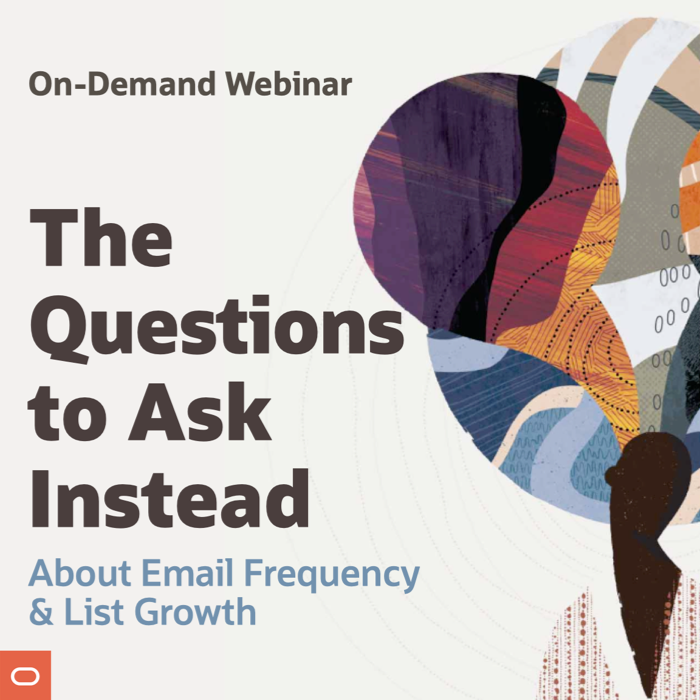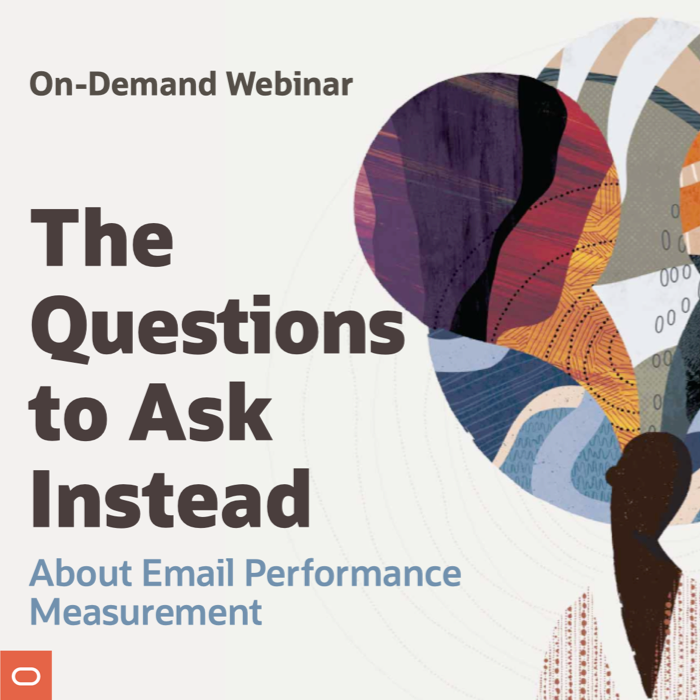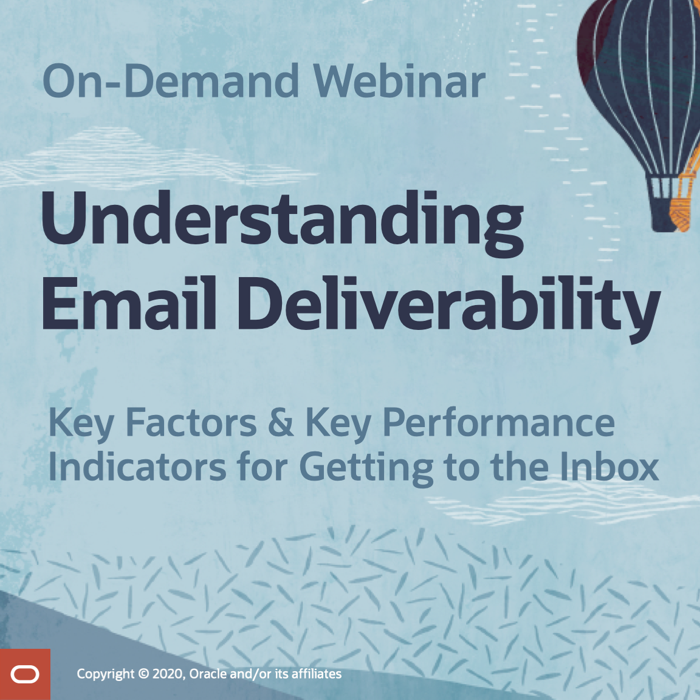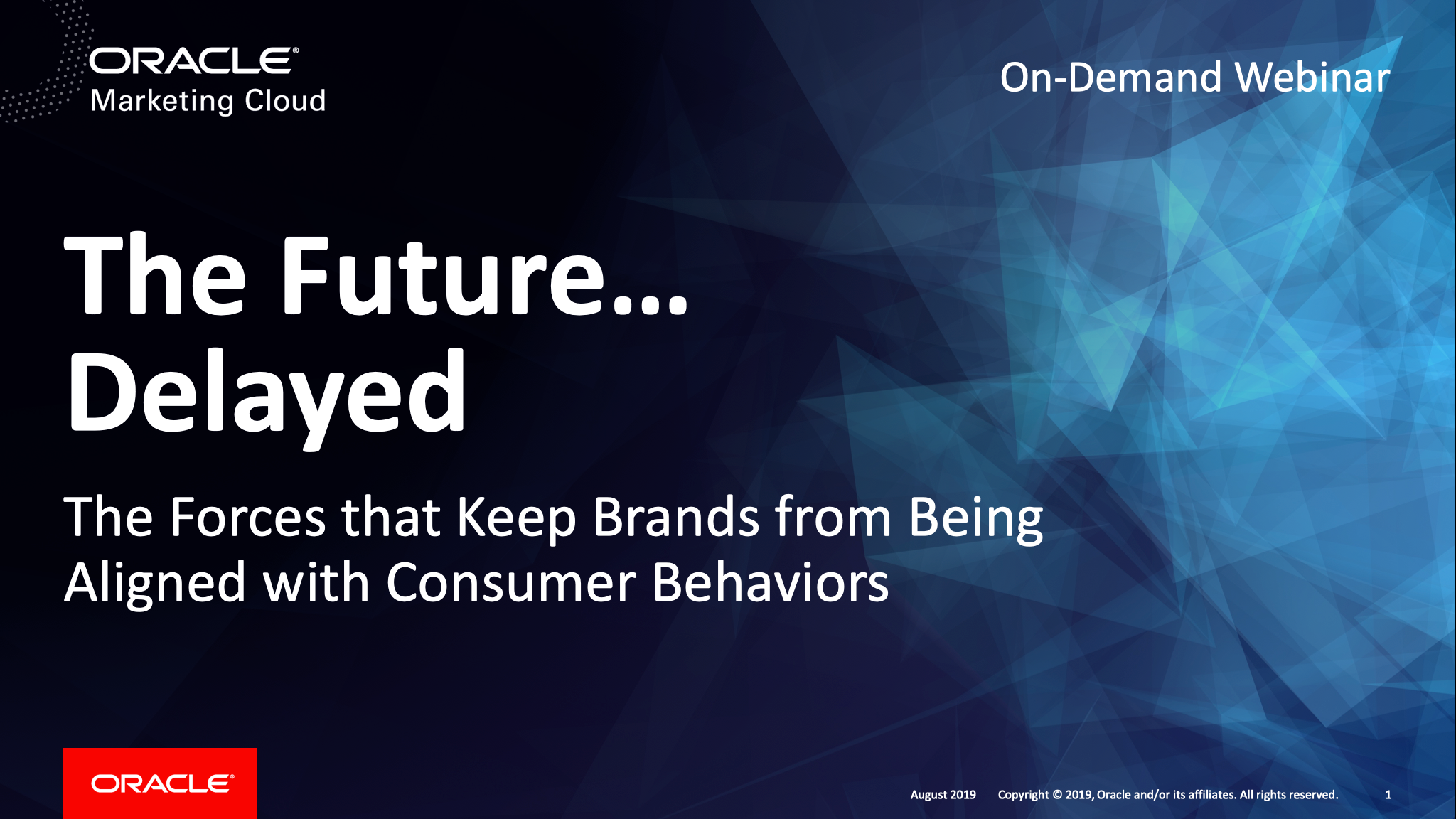Webinar: The Root Causes of Poor Email Deliverability on Sept. 28
Posted on September 25, 2017
 Being blocked and blacklisted should be far less common than they are today, when 34% of marketers have been blocked and nearly 15% have been blacklisted in the past 12 months, according to Litmus’ 2017 State of Email Deliverability report.
Being blocked and blacklisted should be far less common than they are today, when 34% of marketers have been blocked and nearly 15% have been blacklisted in the past 12 months, according to Litmus’ 2017 State of Email Deliverability report.
After examining the subscriber acquisition, permission, inactivity management, and other practices of more than 3,500 marketers, we’ve identified the root causes of poor inbox placement. We’ve also identified the half-measures marketers take to avoid addressing those root causes.
During this webinar, Research Director Chad White and deliverability expert and Litmus Product Manager Jay Brangiforte will discuss the various ways that marketers are trying to improve their deliverability and which ones work best.
The Root Causes of Poor Email Deliverability
Sept. 28, 2017
10:00am PT / 1:00pm ET / 5:00pm GMT
Can’t make it on Sept. 28? Don’t worry. Register and you’ll receive the recording of the webinar.
>> Register for the free webinar
Email Marketing’s Gender Pay Gap
Posted on September 18, 2017
 At $68,000, the average salary for full-time workers involved in email marketing in the U.S. is comfortably above the median household income in America of $59,039 in 2016. Men and women don’t share equally in the good fortunes and strong health of the email marketing industry, according to Litmus’ State of Email Survey of more than 3,500 marketers.
At $68,000, the average salary for full-time workers involved in email marketing in the U.S. is comfortably above the median household income in America of $59,039 in 2016. Men and women don’t share equally in the good fortunes and strong health of the email marketing industry, according to Litmus’ State of Email Survey of more than 3,500 marketers.
Women earn just 89 cents for every dollar men earn in the email marketing industry ($65,000 for women vs. $73,000 for men).
In order to compare apples to apples, we examine the factors that shrink and exacerbate the gender pay gap, including:
- Employee age
- Employee experience
- Company industry (e.g., B2C, B2B, etc.)
- Company size
- Company location
For the full results of our research,…
>> Read the full post on the Litmus blog
CAN-SPAM: How to Fix It So It Stops Hurting US Businesses
Posted on September 12, 2017
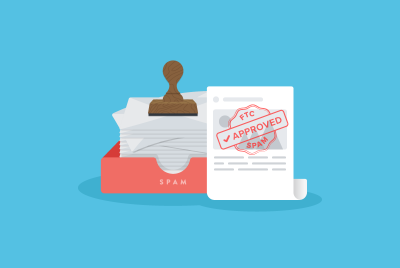 CAN-SPAM is woefully out of step with subscribers’ current behaviors, email service providers’ current capabilities, inbox providers’ current demands, and the laws of other countries. In truth, if a brand only clears the low bar set by CAN-SPAM, they are pretty much guaranteed to be blacklisted and blocked by inbox providers. While on the surface, lax regulations look like an advantage to American brands, it’s really setting them up for failure.
CAN-SPAM is woefully out of step with subscribers’ current behaviors, email service providers’ current capabilities, inbox providers’ current demands, and the laws of other countries. In truth, if a brand only clears the low bar set by CAN-SPAM, they are pretty much guaranteed to be blacklisted and blocked by inbox providers. While on the surface, lax regulations look like an advantage to American brands, it’s really setting them up for failure.
The Federal Trade Commission is currently reviewing CAN-SPAM. Here are seven improvements to CAN-SPAM that are most urgently needed to put U.S. businesses on the path to email marketing success and make all inboxes safer…
- Make it clear that opt-outs should be honored “as soon as possible” and narrow the deadline for honoring opt-out requests to 3 business days.
- Dictate unsubscribe practices more clearly.
- Expand the definition of transactional emails to include non-promotional post-purchase emails.
- Require CAPTCHA on all open email signup forms.
- Mandate authentication and in-transit encryption.
- Require consent or an existing business relationship.
- Stipulate that prolonged non-response is the legal equivalent of opting out.
>> Read the entire post on the Litmus blog
The Last Word on August 2017
Posted on September 7, 2017
 A roundup of email marketing articles, posts, and tweets you might have missed last month…
A roundup of email marketing articles, posts, and tweets you might have missed last month…
Must-read articles, posts & reports
2017 A-Z of Email Marketing Guide (SendGrid)
Interactive Email: The Guide to Earth-Shattering Inbox Experiences (Delivra)
3 step guide to email-friendly MEGA-GIFs (Email Design Review)
Rapportive founder’s new startup Superhuman is what Gmail would be if built today (TechCrunch)
Insightful & entertaining tweets
Why did the email marketer get off the trampoline?
He was worried about his bounce rate 📧😂#NationalTellAJokeDay pic.twitter.com/eQ7Zx2qhUB— Communicator (@CommCorp) August 16, 2017
At least we have another 7 years before the next Solar Eclipse is visible here pic.twitter.com/De2pnzOW1D
— email snarketing (@EmailSnarketing) August 21, 2017
Noteworthy subject lines
NFLshop, 8/31 — We Are All #HoustonStrong
Tiny Prints, 8/17 — 2017 Holiday Collection Sneak Peek
Pier 1 Imports, 8/17 — Great pumpkins!
Moosejaw.com, 8/31 — How do you celebrate Labor Day? With these new stickers, I guess | Fall Sale up to 40% Off
Victoria’s Secret PINK, 8/1 — Be bold: NEW Back-To-Campus Collection
ToysRUs, 8/6 — Time’s Running Out On Our BIGGEST Back-to-School Deals!
eBags, 8/13 — Raise your hand if you still need a backpack!
Michaels, 8/14 — PLANNER SALE (Just In Time for Class)
Threadless, 8/17 — Resist!
The North Face, 8/16 — Walls Are Meant For Climbing
P&G everyday, 8/17 —Always: Keep Going #LikeAGirl
MAC Cosmetics, 8/26 — M•A•C Celebrates Women’s Equality Day
ModCloth, 8/26 — To all you AMAZING ladies out there…
Neiman Marcus, 8/31 — Sneak peek: Coach x Selena Gomez
Jos. A. Bank, 8/22 — Finally, a Dress Shirt You Can Flex In
Clinique, 8/13 — Quick: Try this for tired eyes.
Clinique, 8/26 — The 2-minute glow-boosting makeup technique anyone can do.
Jetsetter, 8/13 — The Ultimate Travel Bucket List: 10 Trips You Have to Take
P&G everyday, 8/16 — Make the final checks on your summer bucket list
AutoAnything, 8/1 —5 Easy Enhancements For Your Next Road Trip
Levi’s, 8/21 — We’re all about the bandana. Here’s how we wear it.
REI, 8/11 — How Does Alaska’s Backcountry Look to a Mountain Pilot?
The North Face, 8/6 — Crush your commute, not your gear
Threadless, 8/16 — Give your ideas an online store.
Sony Electronics, 8/18 — Electrify Your Music | Listen to it with EXTRA BASS
Petco, 8/1 — Keep calm and pet-parent on.
ThinkGeek, 8/21 — Cry havoc and let loose the pranks of office warfare!
ModCloth, 8/22 — Something stylish this way comes…
UncommonGoods, 8/21 — Rocket Ships & Cats in Shoes
MAC Cosmetics, 8/3 — Get the Basic Bitch Look! Available In-Store & Online
Subway Restaurants, 8/1 — Foootloooong.
Wayfair, 8/26 — FACT: 100% of these rooms have $0 shipping over $49
Lands’ End, 8/22 — Three quarter sleeves, 100% style and 40% off
Olive Garden, 8/18 — 1 of 4: Meet our Shrimp Scampi
Nike, 8/15 — Our 5 Favorite Bags for Any Sport or Style
J.Crew, 8/6 — Our travel expert’s 12 favorite new arrivals
Saks Fifth Avenue, 8/13 — Loeffler Randall’s designer shares her fall favorites
Garnet Hill, 8/6 — “So in love with these sheets!”
New posts on EmailMarketingRules.com
Outstanding Email Marketing Examples of Subject Lines
Burnt Hand Deliverability Practices
4 Tips on How to Avoid These 8 Embarrassing Preview Text Mistakes
Outstanding Email Marketing Examples of Subject Lines
Posted on August 25, 2017
The goal of subject lines is often misunderstood; its influence underestimated; and its relationship with preview text ignored. But even when you understand that the goal of a subject line is to generate openers who are likely to convert, that subject lines can drive offline action, and that preview text is important, there’s no secret formula for subject line and preview text success.
However, there is a list of ingredients that are easily remembered as the CUE-DIVE Method. As I discuss in the 3rd Edition of Email Marketing Rules, CUE-DIVE classifies subject line and preview text content as being:
- Contextual
- Urgent
- Emotional
- Detailed
- Intriguing
- Visual
- Earned
Find the mix your subscribers respond to. To help inspire you, this slide deck shares real-world examples of how brands use these subject line elements to engage subscribers.
Burnt Hand Deliverability Practices
Posted on August 21, 2017
 Brands tend not to spend much time thinking about their deliverability until it’s on fire and many or all of their emails are being blocked. Faced with huge losses of revenue and engagement, brands then rush to try to do the right things to get back in the good graces of inbox providers and blacklist operators.
Brands tend not to spend much time thinking about their deliverability until it’s on fire and many or all of their emails are being blocked. Faced with huge losses of revenue and engagement, brands then rush to try to do the right things to get back in the good graces of inbox providers and blacklist operators.
Don’t wait until you have deliverability problems to do the right things. Instead, learn from your peers who neglected their email list and infrastructure and watched it go up in flames.
In the course of doing our 2017 State of Email Deliverability research, we noticed an interesting pattern: Many of the technologies and behaviors that are known to improve deliverability are actually used at higher rates by brands that have been blacklisted in the past 12 months than by brands that haven’t been.
For the list of practices and full details…
>> Read the entire post on the Litmus blog
4 Tips on How to Avoid These 8 Embarrassing Preview Text Mistakes
Posted on August 14, 2017
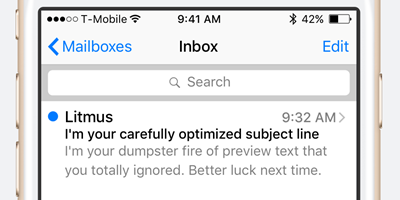 Preview text is the third leg of the inbox stool, and a great many brands are delivering some rickety, off-balance inbox experiences because they’re not paying enough attention to their preview text.
Preview text is the third leg of the inbox stool, and a great many brands are delivering some rickety, off-balance inbox experiences because they’re not paying enough attention to their preview text.
In this SlideShare deck, we highlight eight preview text mistakes that are undermining customer experiences in the inbox, sharing real-world examples of each one:
- Having Unoptimized ALT Text Pulled into Your Preview Text
- Having Your Code Show
- Forgetting to Replace Preheader Placeholder Text
- Using Unsupported Characters
- Having Broken Personalization
- Having Your Preview Text Get Truncated Awkwardly
- Having Jarringly Poor Subject Line-Preview Text Alignment
- Not Even Trying to Optimize Your Preview Text
We also share a 4-point action list that can help you ensure that your brand always makes a great impression in the inbox and delivers a clear, distraction-free message.
>> Read the post and view the slides on the Litmus blog
Outstanding Email Marketing Examples of Defensive Design
Posted on August 8, 2017
Defensive design consists of design techniques that allow an email to communicate its message effectively when images are blocked.
The most common defensive design tactics include:
- HTML text, as opposed to graphical text that embedded in images
- ALT text, which is text that appears in the place of your images when they are blocked
- Styled ALT text, where you change the default size, color, style, and other attributes of your ALT text
- Background colors that you apply to table cells
- Mosaic pixel art, where you use background colors on elaborate table cell structures to create 8-bit art style images
This slide deck shares real-world examples of how to use these tactics to improve the email experience for those whose email clients block the images in their emails and those who choose to disable the images in the emails they receive.
 Email Marketing Rules
Email Marketing Rules




